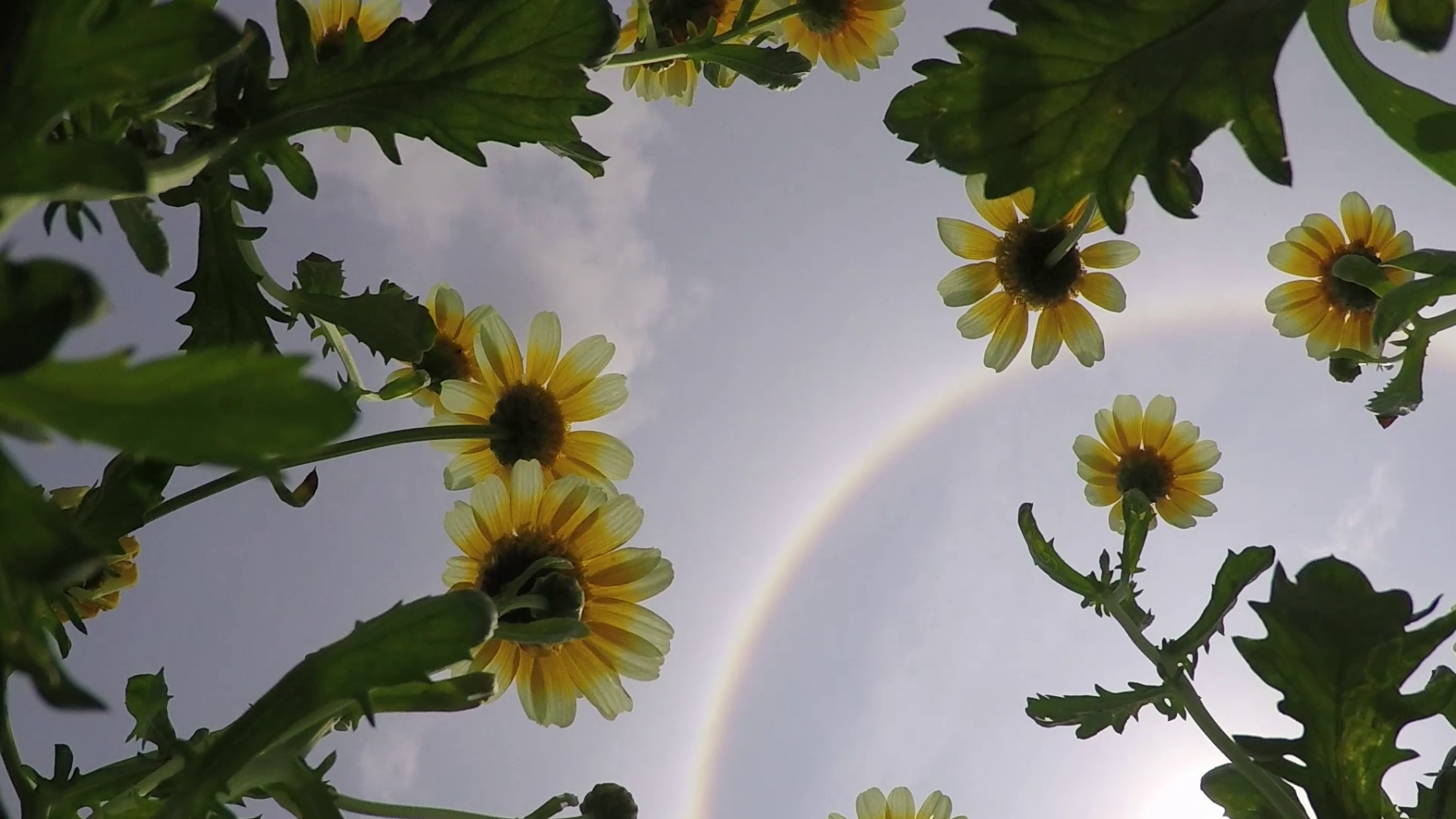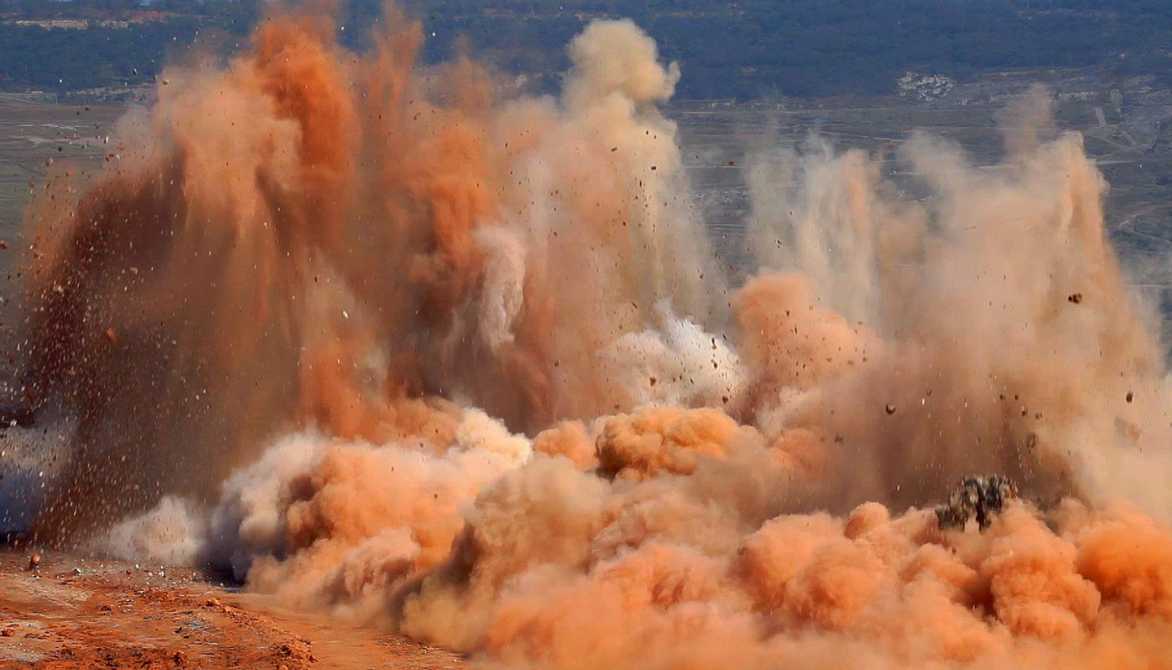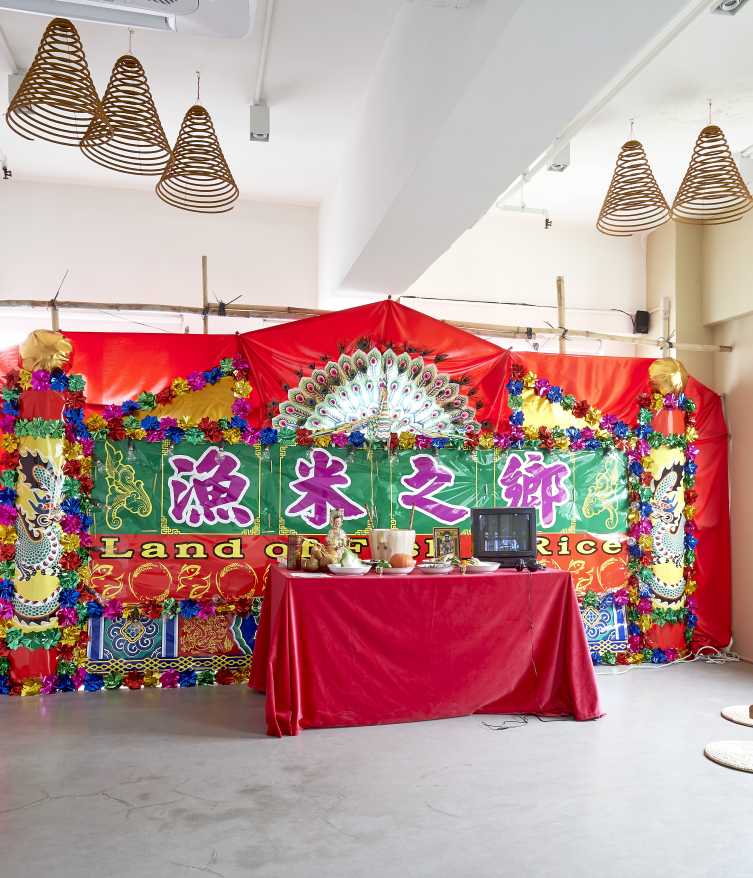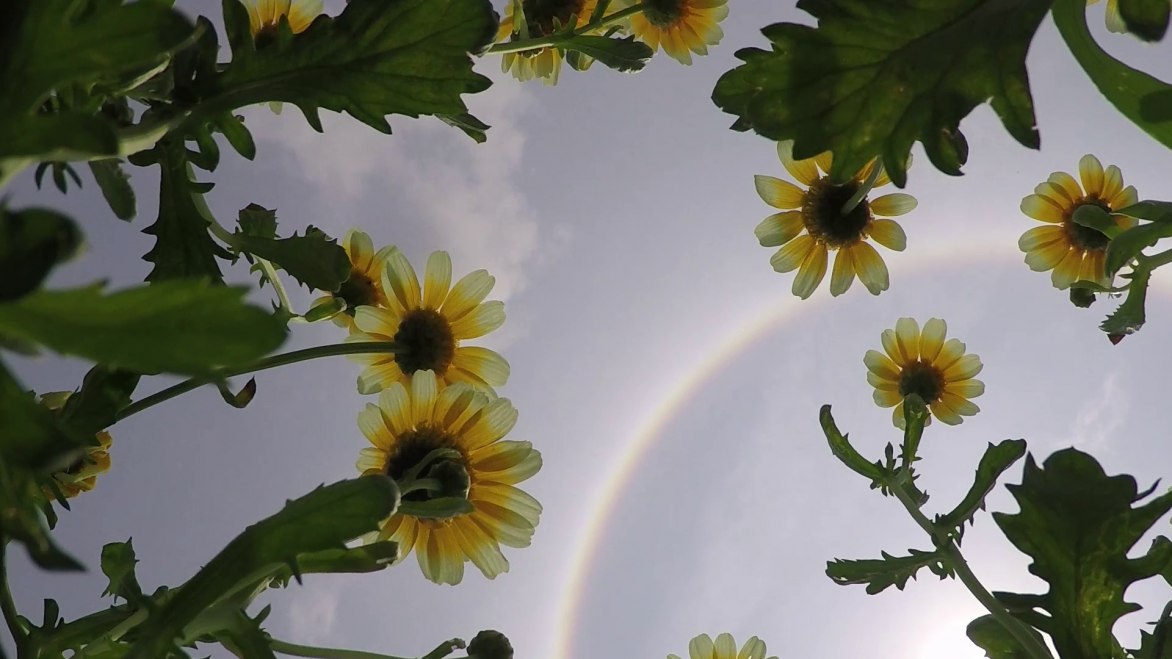Comprising of both factual and fictitious sections, this case study is based on Hong Kong’s indigenous history and legends, religion and politics. It employs “water” and “soil” as traditionally sacred elements, to weave different strands of imaginations of Hong Kong, into a multi-faceted and ever-shifting historical and collective narrative with dramatic tension.
Beginning with a vision of the ethnic composition of early Hong Kong, the “tale” takes the current perspective of nostalgia, and uses the fishing and farming traditions of the Tanka/Hokkien and Hakka/Cantonese people, respectively, as the doorway, through which it juxtaposes the production, folkways, worship, and legends closely related to agricultural societies in early cultural fabrics, into a theatrical and imaginary scene of an evocation ritual that summons the past. Meanwhile, the recounting of the history of local farming and fishing production correlates with the “new farming” culture concurrent with modern Hong Kong’s land movements, and utilises the concepts of time, cultivation, and production in the act of farming to beckon an imagined future.
Combining a narrative of local consciousness with multiple origins, the ever-morphing urban culture created by the convergence of multiple groups, and the local history as a collage of multiple fragments from history, A Tale: The Land of Fish and Rice tries to build a small multiplex, with a theatrical and mystical background setting, that fosters reading, thinking, and dialogue.








